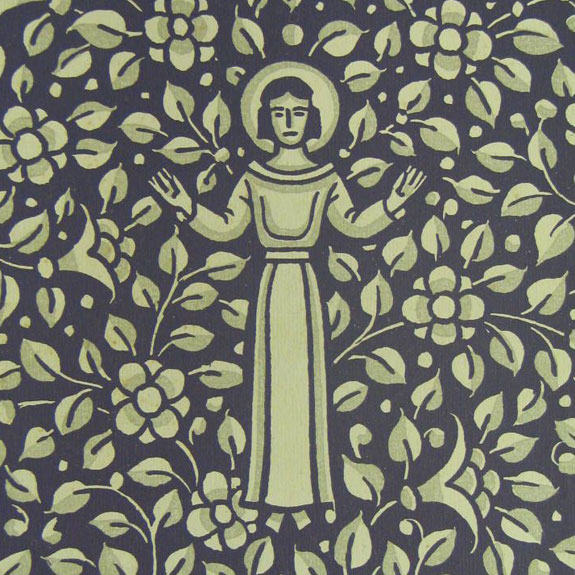January 20

The life of one of America’s fine printers came to a premature end on this day in 1962. Peter Beilenson introduced countless bookbuyers to good printing at extremely reasonable prices through the medium of his Peter Pauper Press. He was a man who had early in life decided what he wanted to do and who had the good judgment to select two excellent tutors, Bruce Rogers and Frederic W. Goudy.
His apprenticeship in the Mount Vernon establishment of William Edwin Rudge during the period when Bruce Rogers was setting its typographic style was followed by typesetting for Goudy in the Deepdene workshop. Later a Golding treadle press was installed in the cellar of Beilenson’s home in Larchmont, New York. It was from this location that the first Peter Pauper item came, in 1928, Faithless Sally Brown and Faithless Nellie Gray, written by Thomas Hood with decoration by Herb Roth. The second book produced that year was With Petrarch: Twelve Sonnets, which received the accolade of selection by the Fifty Books of the Year jury. Up to 1962 the Press turned out 304 titles, 46 of which appeared in the Fifty Books selections.
In addition to the Peter Pauper imprint, Beilenson produced in the same period 129 books bearing the name of the Walpole Printing Office. Of these, 16 were honored by selection for the Fifty. The majority of the Beilenson books were not of the rather precious limited edition variety but were designed to meet the approval of collectors of good taste and limited funds. For many purchasers, the Peter Pauper name was their first introduction to carefully planned and beautifully printed books. There has never, in fact, been so distinguished a list in the whole history of American publishing.
“Always with a pencil in hand,” said Harry Behn, in a tribute to Beilenson published in 1962, “arranging words, type, color, meaning, in pleasing unpretentious proportion. Nothing stared-at, or glared-at, but seen, seen into.”
Peter Beilenson never lost the early, amateur love he had for creating the printed word. Invited to discuss the pleasures and duties of the amateur printer at a Graphic Forms seminar conducted in Cambridge, Massachusetts in 1949, he said in part: “After you have set your author’s type you must make up his pages, choose his decorations or illustrations, and set his headings. You must decide whether to stretch him to twenty-four pages or condense him to sixteen. You must buy his paper, lock up his pages in your chase, make him ready, curse your press which is printing him, apply your ink to his words, and impress him for posterity. Perhaps you will thereafter fold him, sew him, and encase him in boards.
“In so doing, you become, to the extent of sixteen or twenty-four pages, in an edition of one hundred or three hundred copies, God. You have created something which did not exist before, and which would not have existed save for your thinking brain and tired back and dirty hands. True, you have not created Heaven and Earth, and you have undoubtedly worked at your creation for more than the original quota of six days. But anyway you have given the world something which was at first only words you loved, and is now a whole, real book, which you love all the more because it is your book, your child, your embodiment of those words. That is the fun and satisfaction of being an amateur. In our printing world there is no other satisfaction equal to it.”